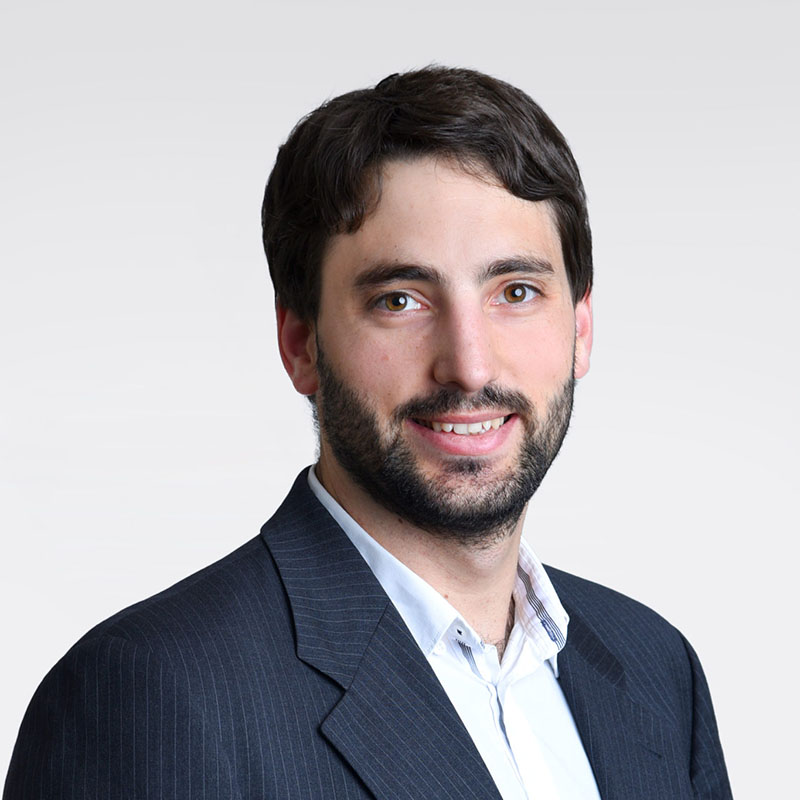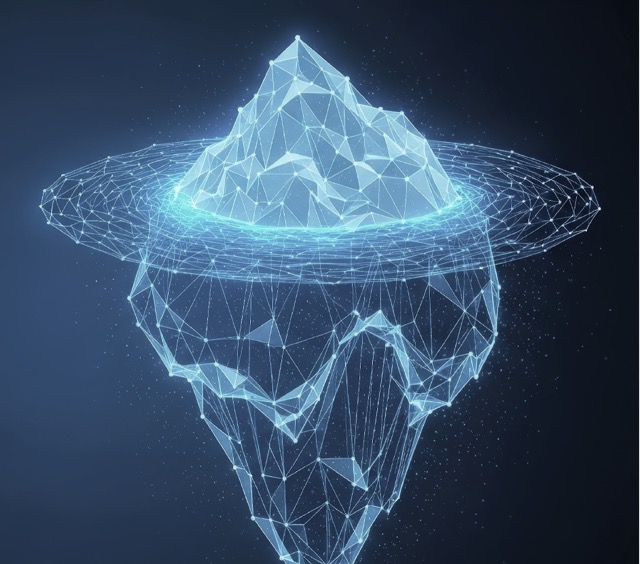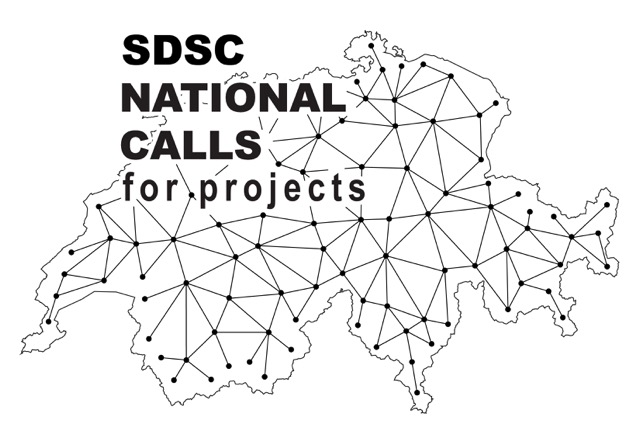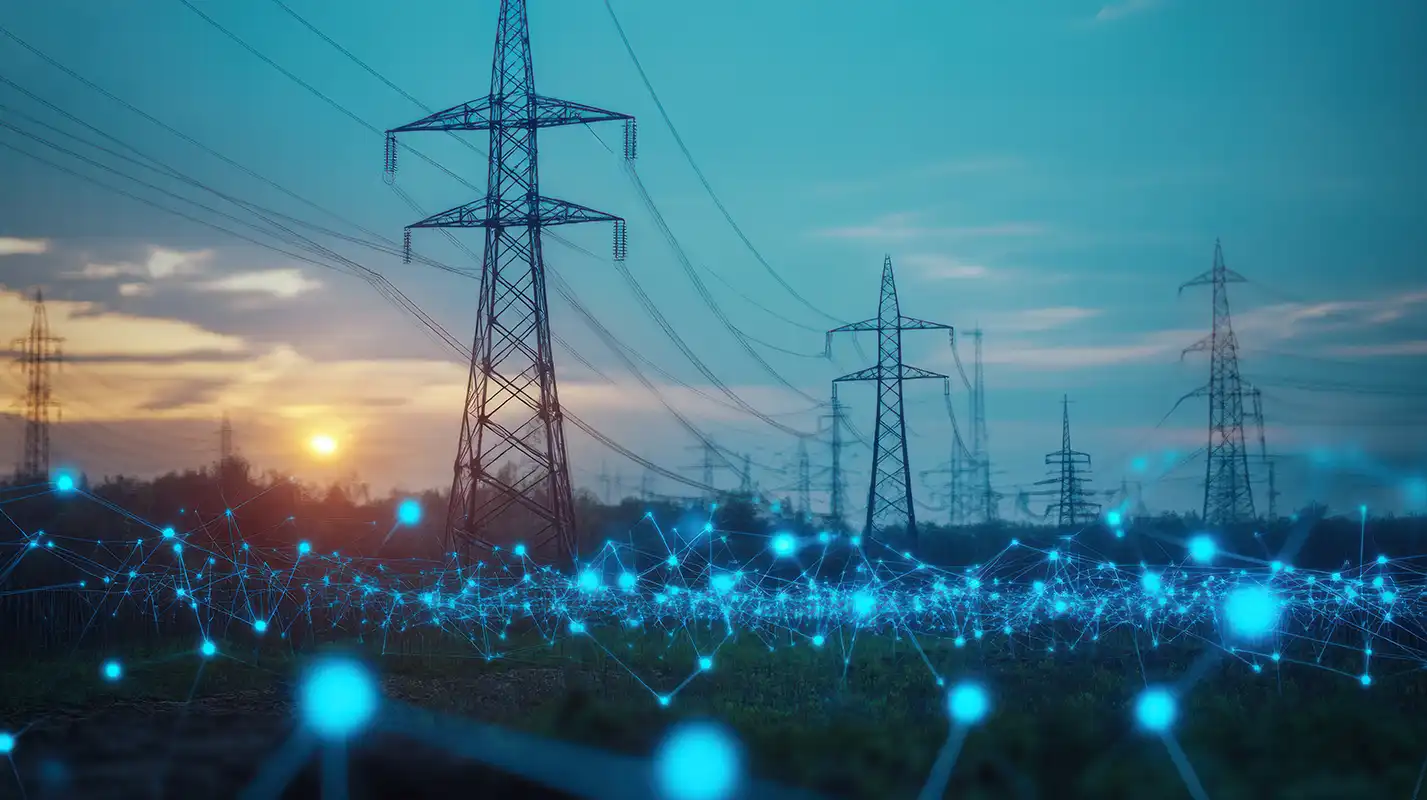
DATSSFLOW
Data Science and Mass Movement Seismology: Towards the Next Generation of Debris Flow Warning

Abstract
Mobilized during heavy precipitation, debris flows are sediment-water mixtures moving down steep mountain torrents in an uncontrolled fashion. The triggering mechanisms of this severe natural hazard are difficult to quantify, because sediment mobilization occurs in high catchment areas with limited access. In this project, we proposed to monitor debris flow formation and preparatory mass movements like rockfalls and landslides using seismic data. The longstanding challenge of automatic and reliable mass movement detection with real-time seismic data was tackled by viewing mass movements as a significant source of anomalous behavior in the network. From this viewpoint, transferable mass movement detection algorithms were obtained by applying clustering algorithms to anomaly scores obtained from fitting isolation forests to stations in a seismic network.
The project focused primarily on seismic records from Illgraben, an active debris flow torrent in Switzerland. We first updated an initial catalogue of debris flows in this torrent by exploring the records with anomaly detection combined with dynamic time warping (DTW). Then, a Bayesian Gaussian Mixture was fitted to the network anomaly scores, and the updated catalogue was used to select the clusters that represent debris flows. This model proved to be transferable to the Val Greva seismic network.
Debris flow hazard is expected to grow during future climate change and as a result of increasing population pressure in mountain regions. Our project addressed the need to warn against this threat. The possibility to detect events remotely via seismic techniques that do not require instrumentation in poorly accessible terrain aims to significantly increase warning time and thus our capabilities to protect human lives and infrastructure.
People
Collaborators


Francois received his PhD in December 2018 from Stellenbosch University (SU) in South Africa where he focused on improving inference algorithms for probabilistic graphical models. Before joining the SDSC, Francois worked as a senior lecturer at the Department of Statistics and Actuarial Science at SU. His research interests include probabilistic graphical models, time series forecasting, causal inference and discovery, extreme value theory, and machine learning in general.


After finishing his Master in electrical engineering at the Ecole Fédérale de Lausanne (EPFL), Nathanaël worked as a researcher in the Acoustic Research Institute (ARI) in Vienna. In 2013, he returned to EPFL for a PhD, where he specialized in different fields of data science: signal processing, machine learning, graph theory and optimization. Furthermore, he created two open source libraries for optimization (UNLocBoX) and graph signal processing (GSPBOX). In 2017, Nathanaël Perraudin joined the Swiss Data Science Center in the ETH Zurich team as a Research Data Scientist. He focused on different aspects of deep learning in the area of generative models (VAE and GAN), recursive architectures and convolutional neural network for irregular domains. Outside office hours, he is passionate in tango dancing, tandem bike touring, skiing and rock climbing.


Michele received a Ph.D. in Environmental Sciences from the University of Lausanne (Switzerland) in 2013. He was then a visiting postdoc in the CALVIN group, Institute of Perception, Action and Behaviour of the School of Informatics at the University of Edinburgh, Scotland (2014-2016). He then joined the Multimodal Remote Sensing and the Geocomputation groups at the Geography department of the University of Zurich, Switzerland (2016-2017). His main research activities were at the interface of computer vision, machine and deep learning for the extraction of information from aerial photos, satellite optical images and geospatial data in general.


Mathieu Salzmann is the Deputy Chief Data Scientist of the Swiss Data Science Center and a Senior Scientist and Lecturer at EPFL. He received his PhD from EPFL in 2009 and, between 2009 and 2015, has held post-doctoral and researcher positions at UC Berkeley, TTI-Chicago, and NICTA and the Australian National University. From May 2020 to February 2024, he was also a part-time Senior GNC Engineer at ClearSpace. Mathieu Salzmann has broad interests in machine learning and deep learning, with a particular focus on computer vision. He has published over 100 articles at top-tier peer-reviewed machine learning and computer vision venues and is a strong believer in collaborative work.
description
Motivation
The main goal of the project was the development of a machine learning model capable of detecting debris-flows from seismic data. A major motivating factor was that such models can be used in the design (or aid) of early-warning systems, helping to protect human lives and infrastructure. Furthermore, since seismic coverage is growing at an accelerated rate, these models can be applied to a variety of locations without the need for installing additional infrastructure.
Proposed Approach
A random forest has been shown to be successful in predicting debris-flows from seismic data in the Illgraben region, however this model does not generalize well to data from other seismic networks. Since this issue is likely caused by the random forest learning specific characteristics of the Illgraben network that do not generalize, we approached this problem from a more unsupervised perspective by combining anomaly detection with clustering methods. This came from the insight that the manner in which mass movements cause anomalies in a seismic network should be transferable between different regions.
Impact
With the advent new technologies, seismometer coverage is growing at an accelerated pace. The proposed project broke the ground for turning already installed seismometers into mass movement detectors. While we focused on the analysis of seismic data, future extensions with real-time data of meteorological conditions influencing debris flow formation will improve detection accuracy.

Presentation
Gallery
Annexe
Additional resources
Bibliography
- Coussot, P., & Meunier, M. (1996). Recognition, classification and mechanical description of debris flows. Earth-Science Reviews, 40(3-4), 209-227.
- Bahavar, M., Allstadt, K. E., Van Fossen, M., Malone, S. D., & Trabant, C. (2019). Exotic seismic events catalog (ESEC) data product. Seismological Research Letters, 90(3), 1355-1363
- Wenner, M., Hibert, C., van Herwijnen, A., Meier, L., and Walter, F.: Near-real-time automated classification of seismic signals of slope failures with continuous random forests, Natural Hazards and Earth System Sciences, 21, 339–361, 2021
- Chmiel, M., Walter, F., Wenner, M., Zhang, Z., McArdell, B. W., & Hibert, C. (2021). Machine Learning improves debris flow warning. Geophysical Research Letters, 48(3), e2020GL090874.
Publications
Related Pages
More projects
OneDoc 'Ask Doki'
SFOE Energy Dashboard
Enhancing resource efficiency
News
Latest news


Data Science & AI Briefing Series for Executives
Data Science & AI Briefing Series for Executives


PAIRED-HYDRO | Increasing the Lifespan of Hydropower Turbines with Machine Learning
PAIRED-HYDRO | Increasing the Lifespan of Hydropower Turbines with Machine Learning


First National Calls: 50 selected projects to start in 2025
First National Calls: 50 selected projects to start in 2025
Contact us
Let’s talk Data Science
Do you need our services or expertise?
Contact us for your next Data Science project!




